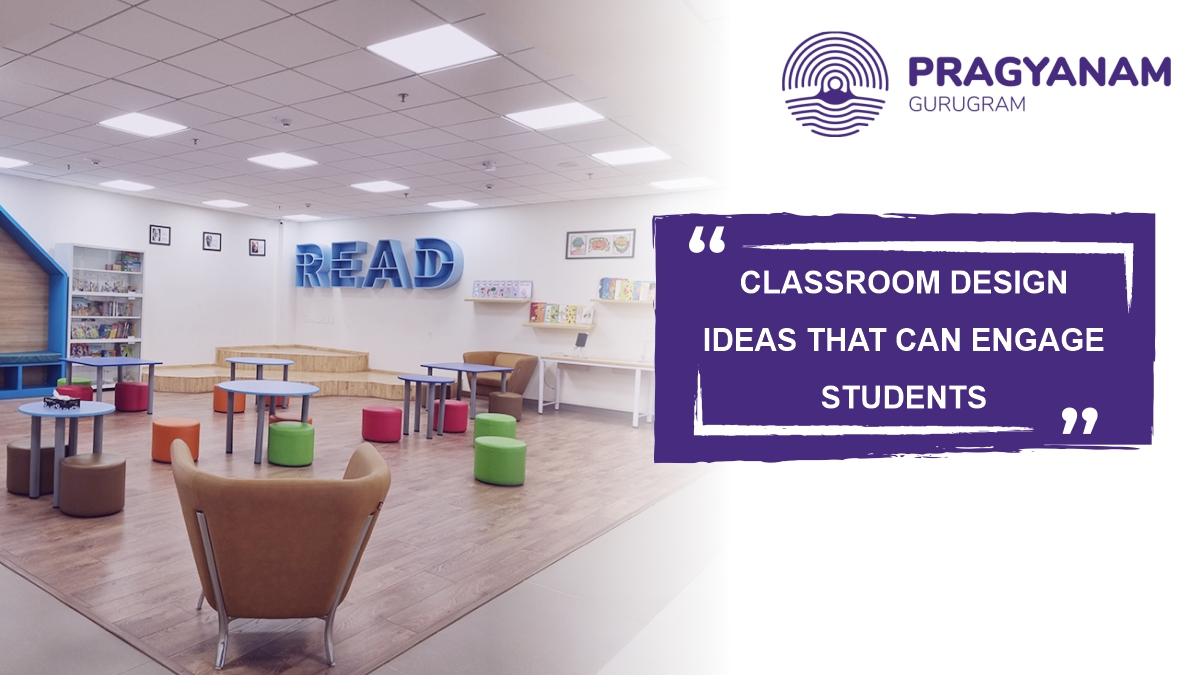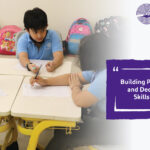Enough & more studies have shown that well-designed schools boost children’s performance. This is even truer in a school classroom. To ensure that learners actually absorb the information they are being given, among other things the classroom space needs to support learning retention.
‘Clever Classrooms’ a study by Emeritus Professor Peter Barrett of the University of Salford found that there is clear evidence that the physical characteristics of schools impact pupils’ learning in reading, writing, and mathematics.
Not just for students, the classroom also impacts how teachers feel about themselves & thereby how students feel about their interaction with the teacher. In fact, a seminal work by Sybil Kritchevsky and Elizabeth Prescott (1969), brings out the influence of classroom design on the behavior of both students & teachers. Their work pointed out how teachers can change the physical environment to achieve new goals or solve existing problems.
Let us look at some classroom setup ideas and elements of a good classroom design:
Table of Contents
1. Space
Above everything, it is important that the space feels welcoming to students. It stands to reason that a small space can feel too cramped. In fact, research has shown that cramped spaces can lead to an increase in cortisol levels & hence add to student stress. While you may want to make the space colorful & inviting, the thumb rule is to keep it minimalistic. Ensure there isn’t too much clutter. In fact, less is clearly more when it comes to classrooms. Remember that too much visual stimulus can be exhausting. Besides taking away non-essential material can give students more space besides making it easy for the teacher to maintain the space.
On account of the active learning approach being followed by classrooms these days, the floor plan of the classroom needs to be such that it aids student collaboration as well as project-based collaborations. The space should also allow for the use of technology that advances the learning of students.
Additionally, there should be a dedicated space that highlights student achievements such as their projects. In doing so, of course, the space shouldn’t be too cluttered. You could therefore have rules of display one project a month, for example. Alternatively, you could also resort to digital displays.
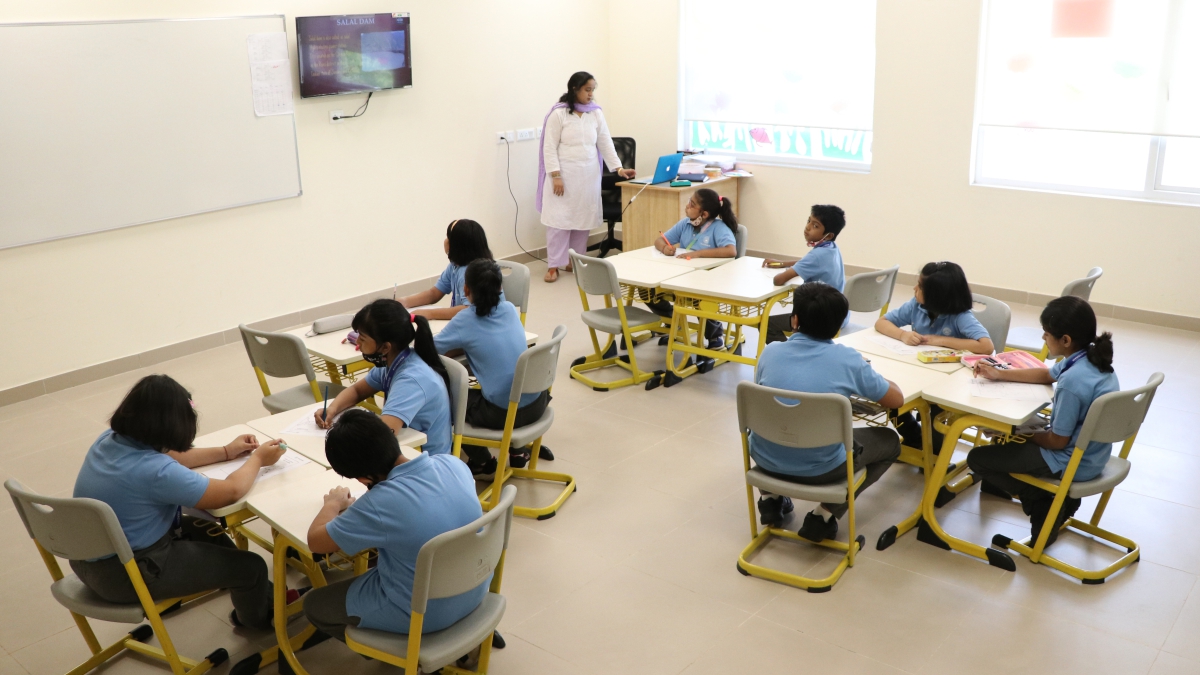
2. Comfortable seating
With students having to spend many hours seated, it stands to reason that the seating should be comfortable. You can also look at flexibility in seating especially if the format of teaching is active, hands-on learning. The seating should take into account aspects such as student comfort, proper line of sight, accessibility, collaboration spaces, use of technology, and more. Additionally, having shared spaces for collaboration can go a long way in the student’s socioemotional learning.
3. Color choices
While it is natural to think of bright color palettes when thinking of classroom ideas to add character to the space, it is also important to remember that there shouldn’t be visual noise. To do that a rule of thumb is to limit your classroom to two or three main colors. Calming colors such as blues and greens always work well.
4. Writing Spaces
While it is customary to have a black or whiteboard for the teacher, it also works well to have writing spaces for students for student-led learning & interactive classroom activities.
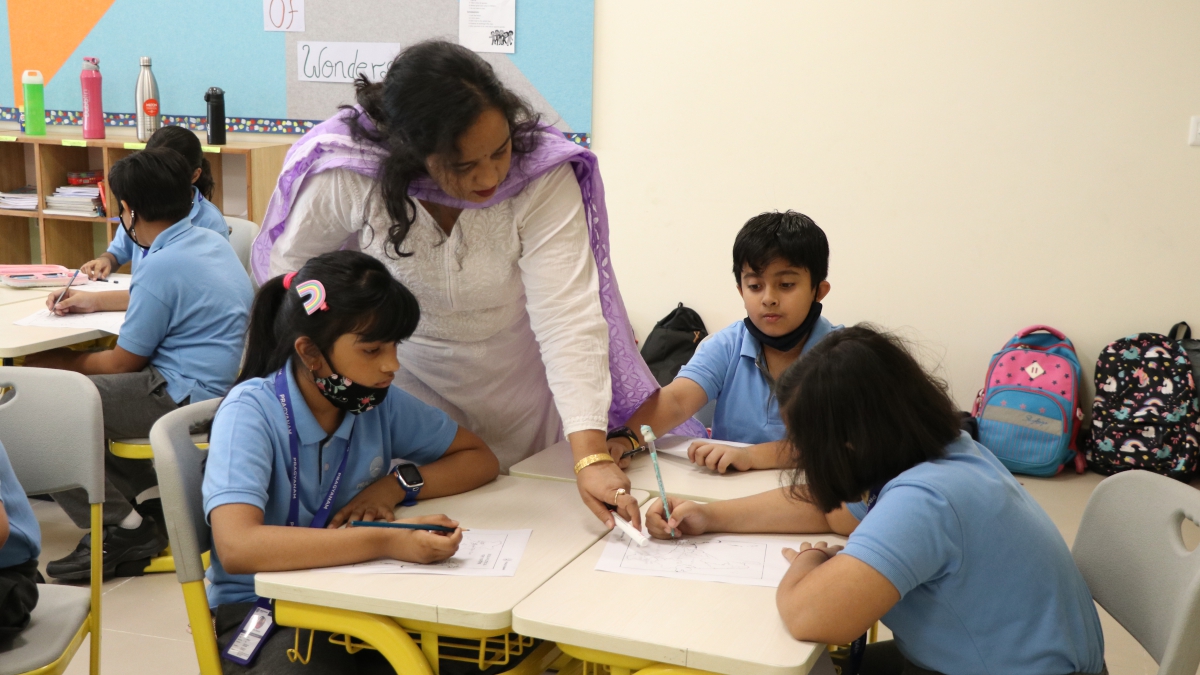
5. Reduce Teacher Footprint
Collaborative classrooms demand that the teacher footprint be reduced. It can be done in simple ways such as pushing the teacher’s desk against the wall or even removing it altogether. This will not only free up more space, but it will also have a psychological impact on the understanding that teaching isn’t a one-way lecture process.
6. Go Natural
A classroom that gets natural light can go a long way in improving both academic performance and the well-being of students. Natural light is known to support the circadian cycle as also overall mental health.
In addition, invest in green spaces as they are known to alleviate stress as also to improve concentration. Introducing some natural elements in the classroom, therefore, works wonders. Besides ensuring natural light in the classroom, it is also a good idea to add some indoor plants into the classroom. Getting students to look after these plants will also offer invaluable lessons in sustainability & in empathy!
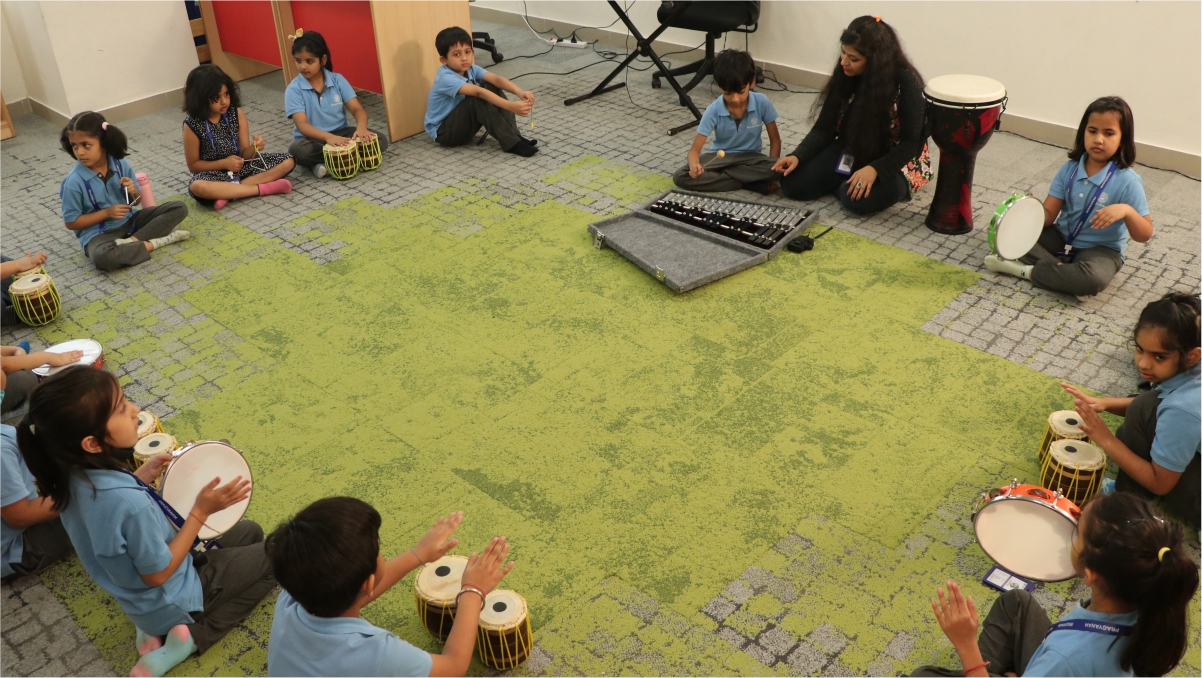
7. Keep it Scalable
It is important that the classroom design idea is scalable and can adapt to changing needs as well as changing pedagogical goals. In addition, the design should be such that it is easy to maintain.
8. Offer Agency
Above everything the classroom design ideas need to be such that it offers agency to the primary stakeholders, namely the students. In fact, students should feel a sense of ownership in the classroom & hence it is imperative that their thoughts & overall well-being be kept in mind in designing the classroom. It is when there is a sense of belonging and pleasure in inhabiting the physical space that learning outcomes will improve
To Sum Up
If anything, the classroom needs to be a physical & a mental space where students feel at ease. Upgrading the classroom design ideas is an important aspect of this process. Adding color, technology, comfortable seating, and natural elements are all steps toward creating a welcoming space. In turn, it will go a long way in improving concentration & focus.
The one other thing to remember is that a school classroom would always be WIP. It will need to evolve based on the changing needs of learners. It is important therefore to get student buy-in & ensure that the classroom evolves based on their preferences, the pedagogy involved, and the learning outcomes!
Here is to ensure the holistic well-being of students!

